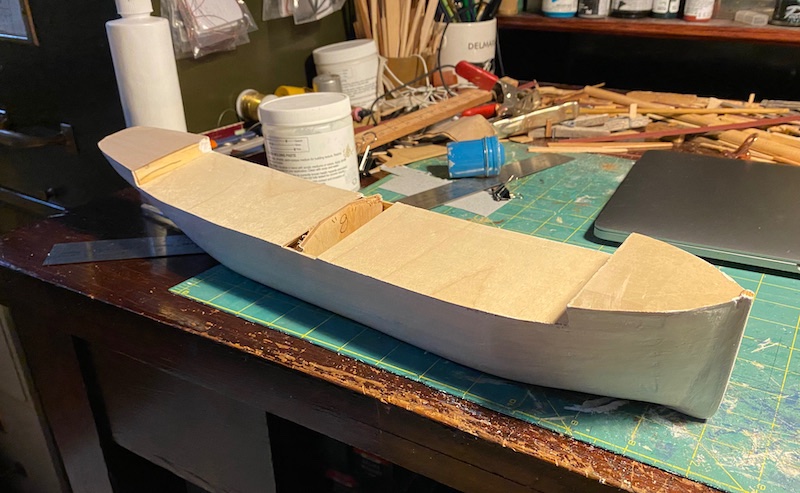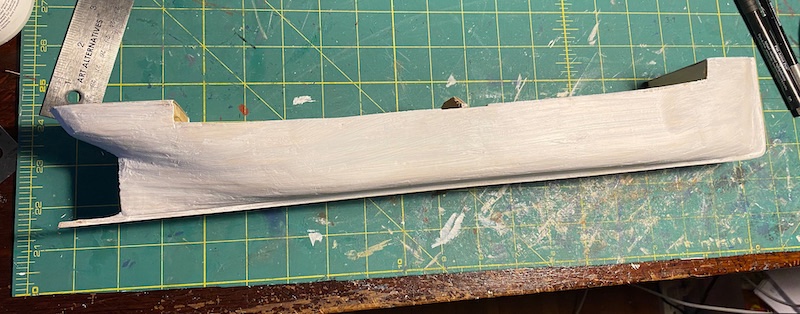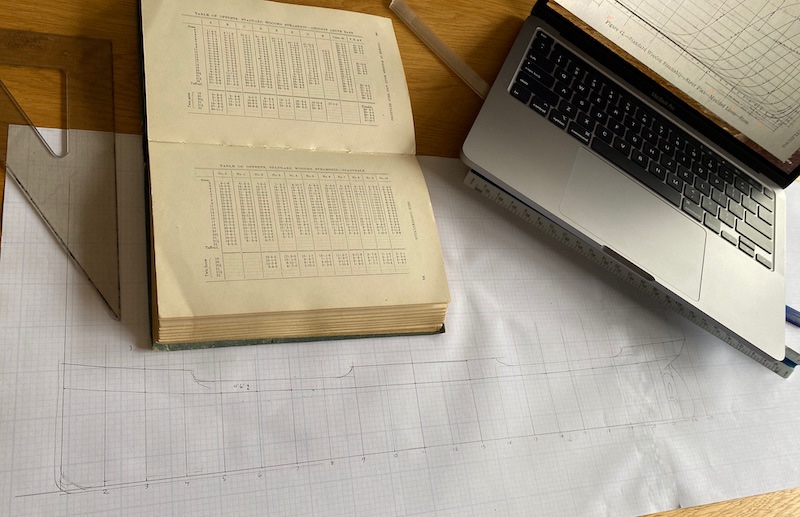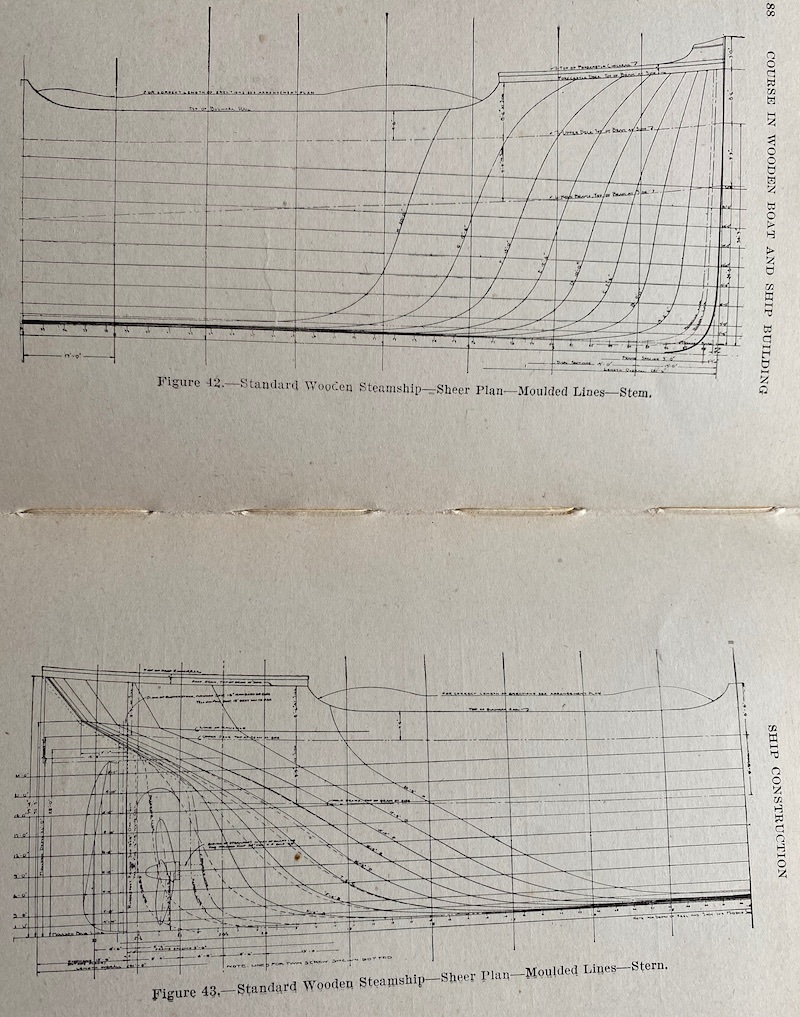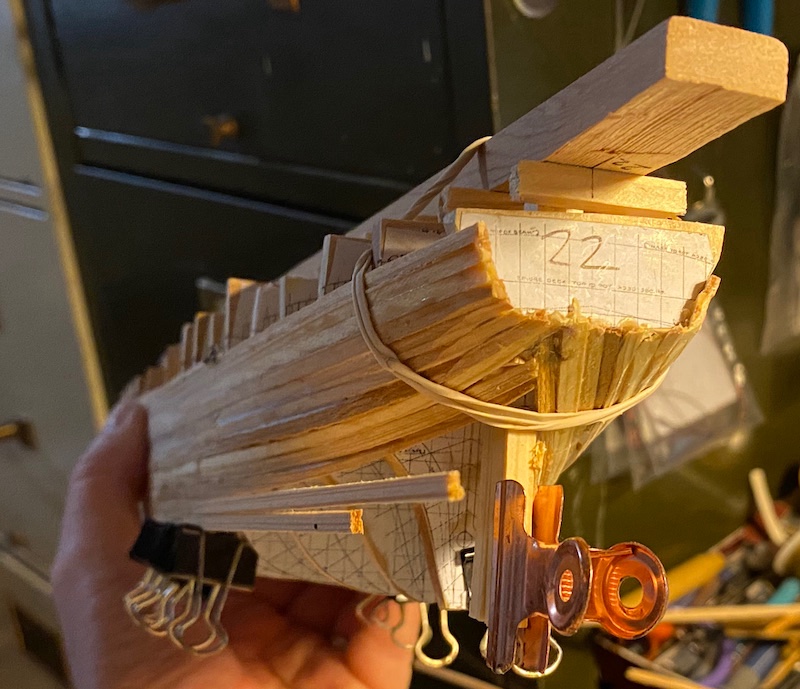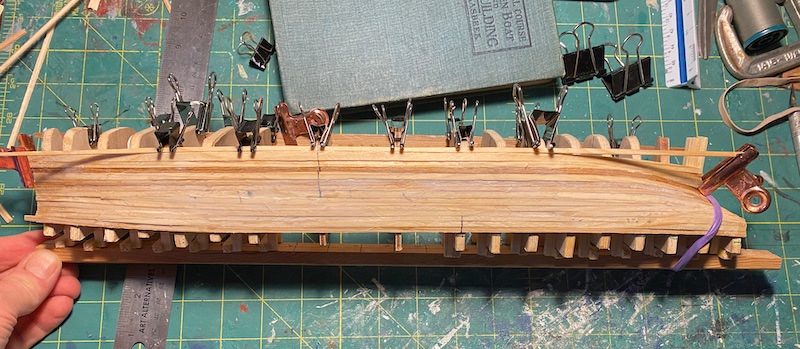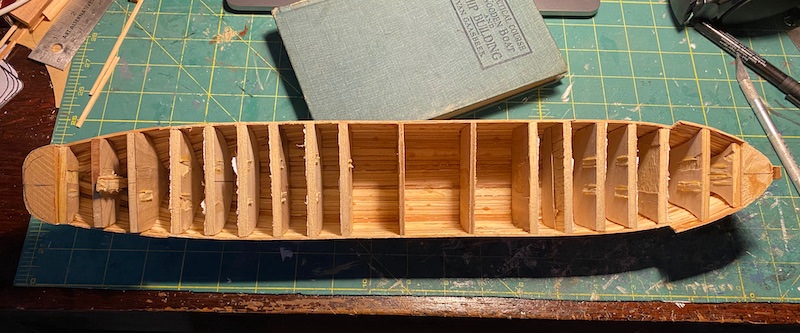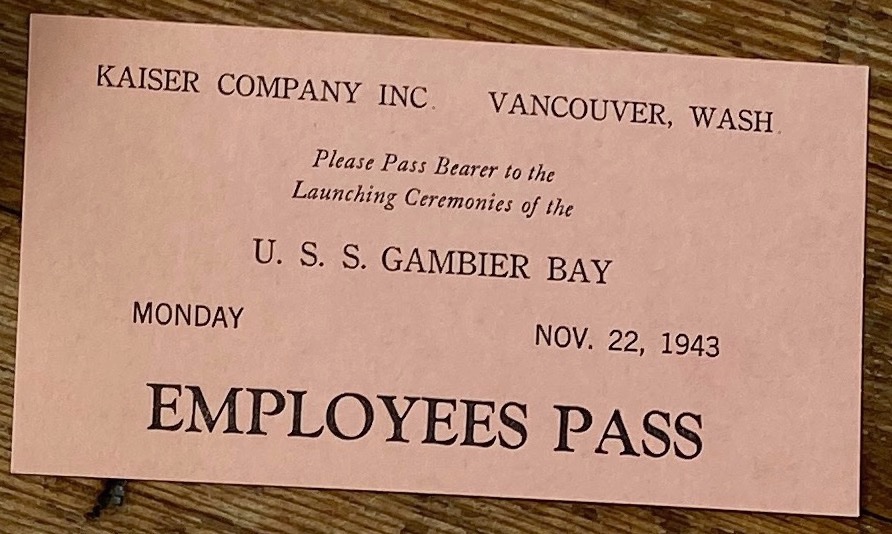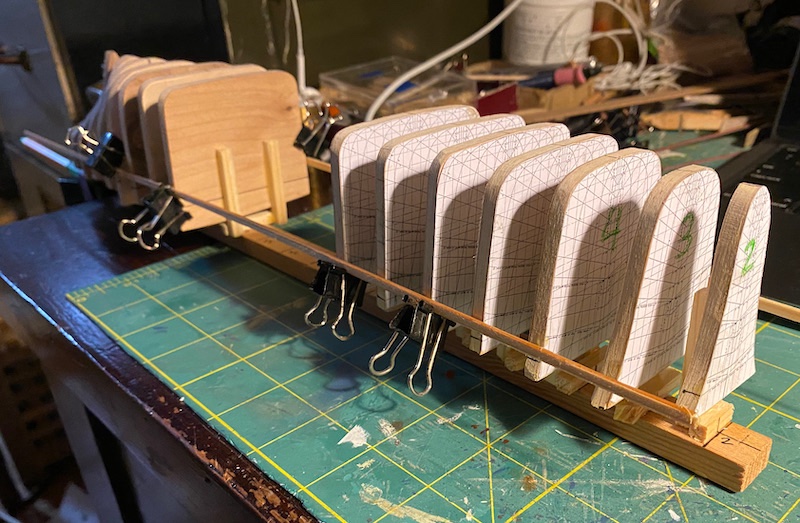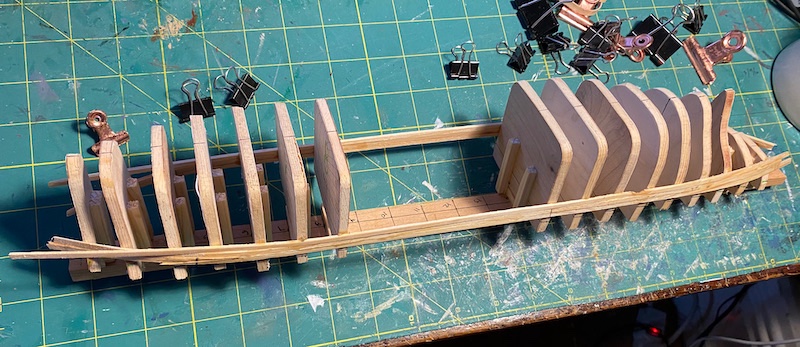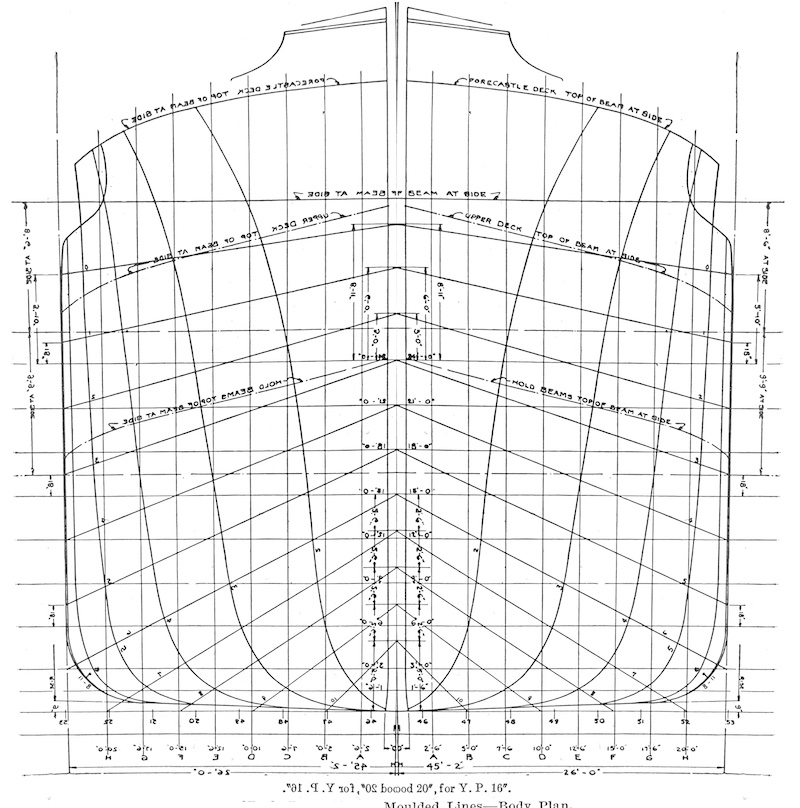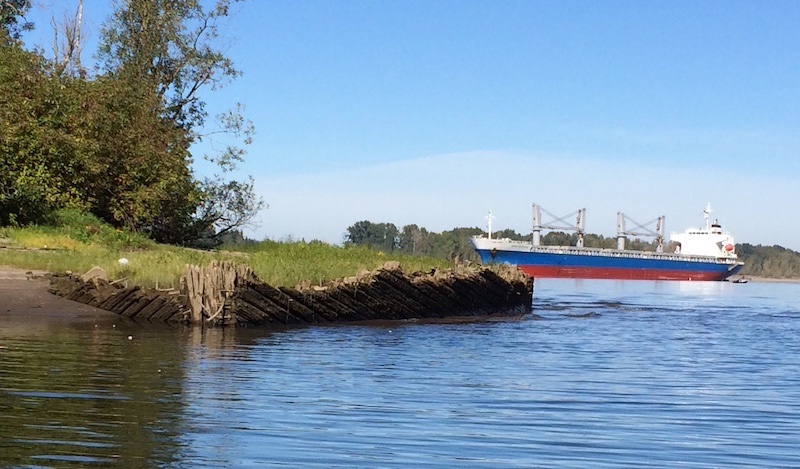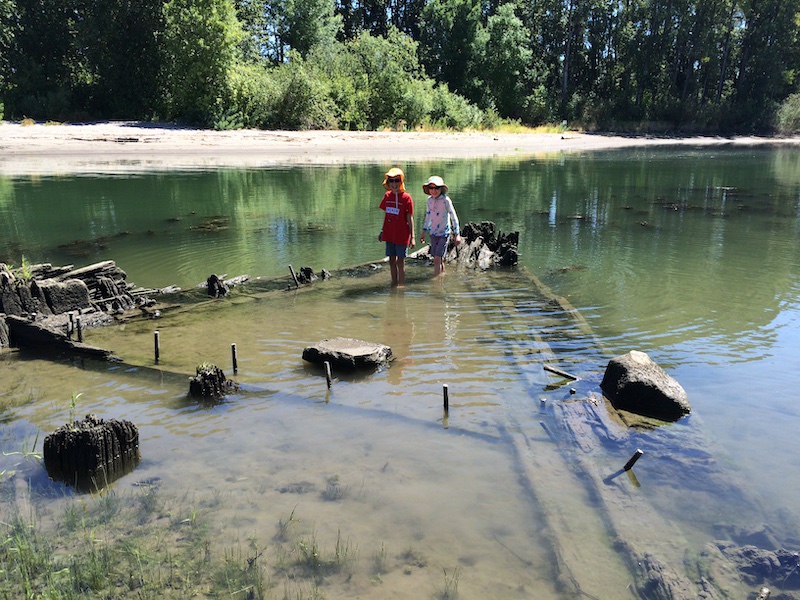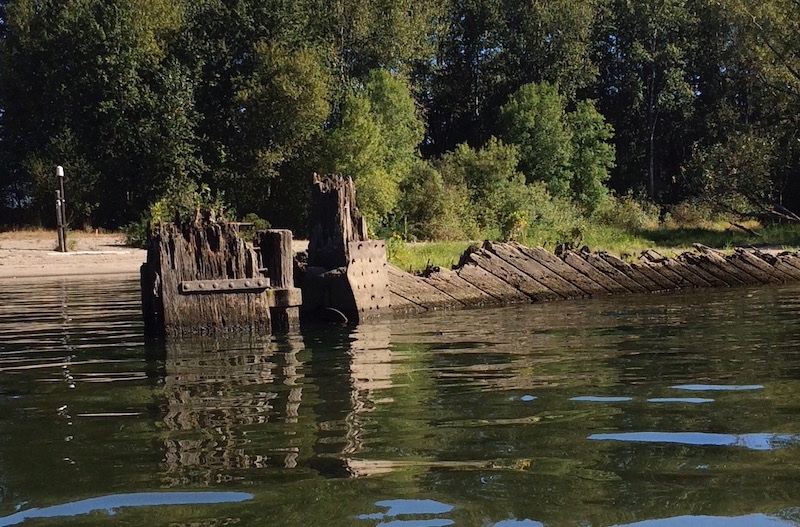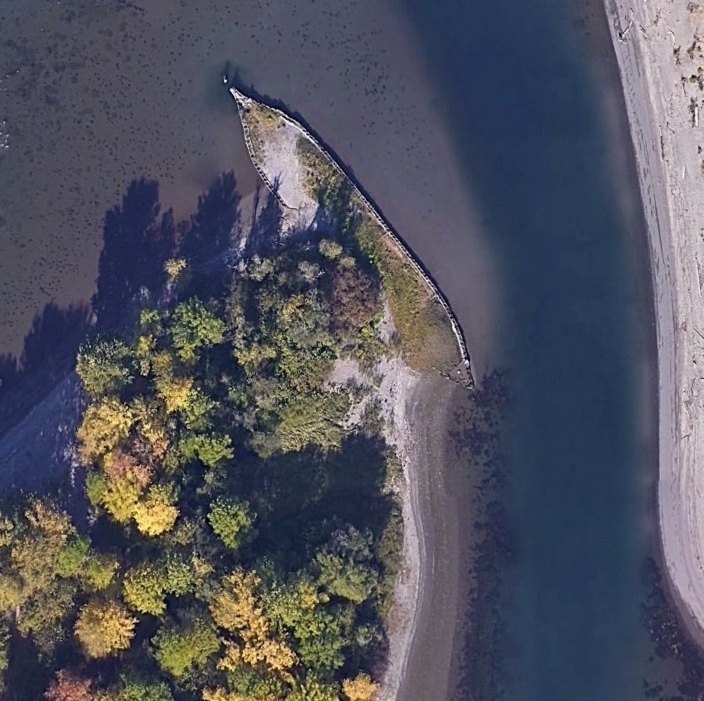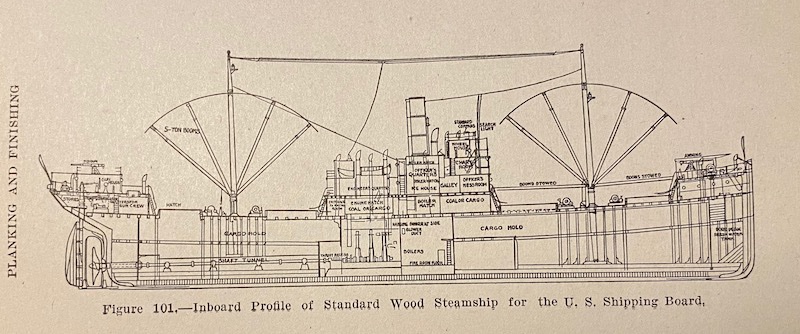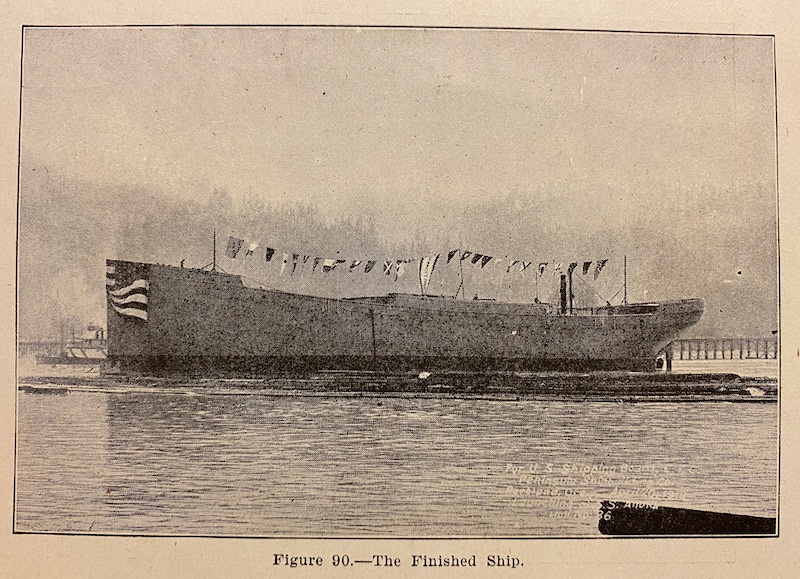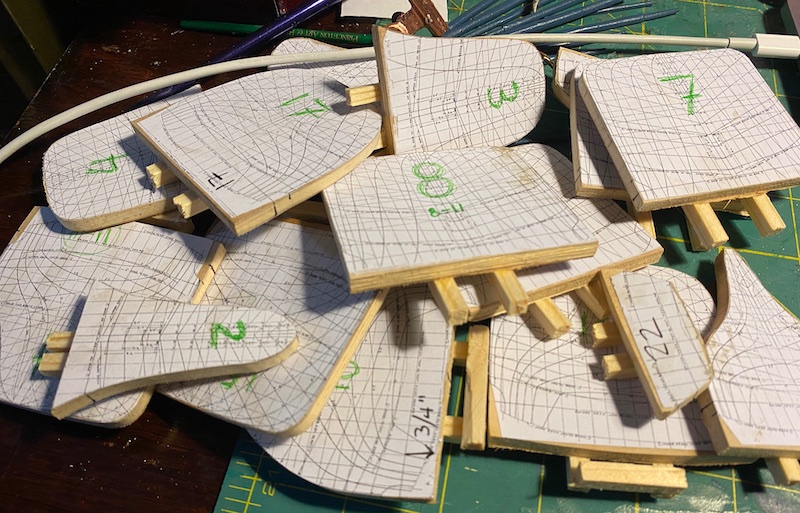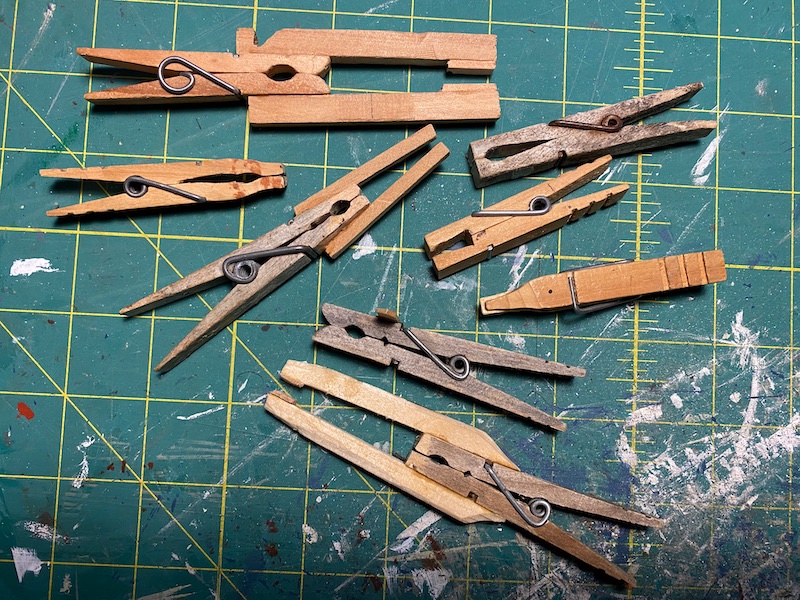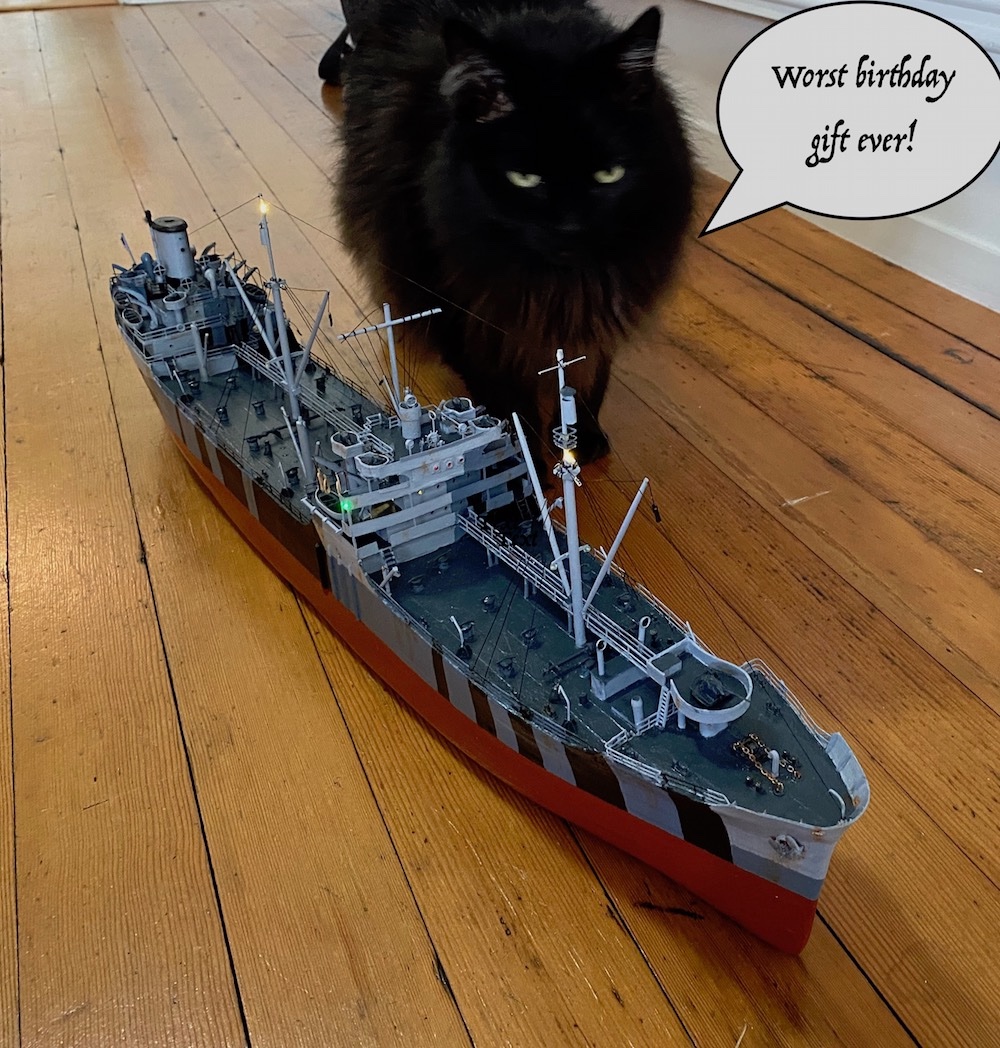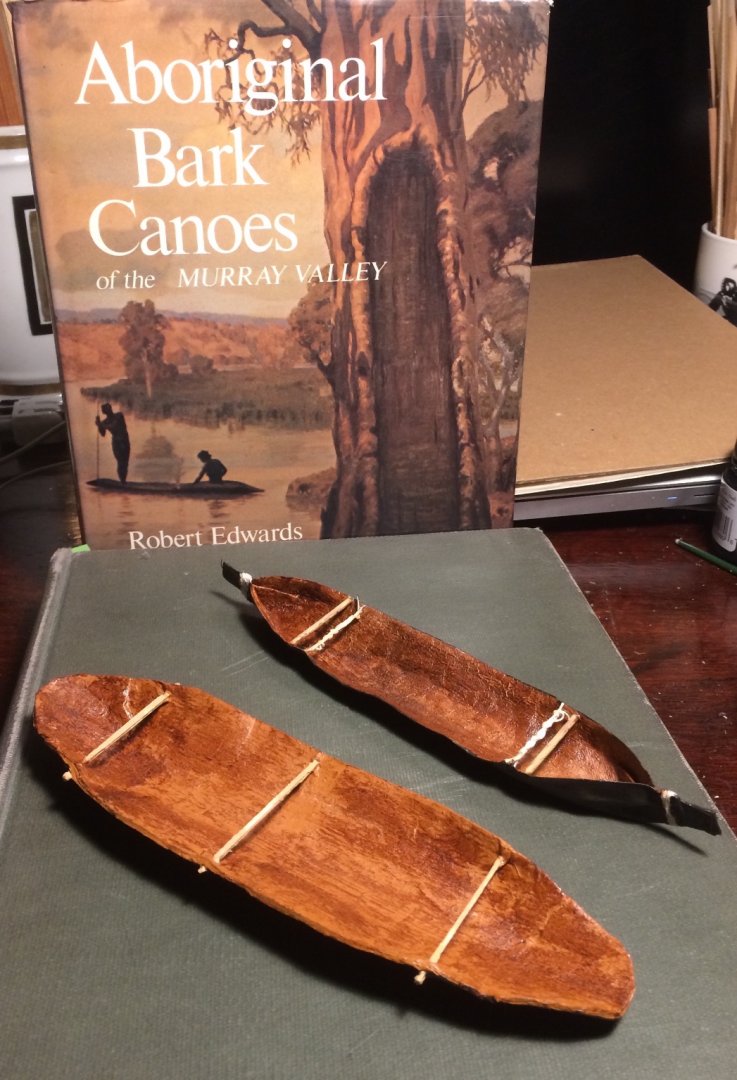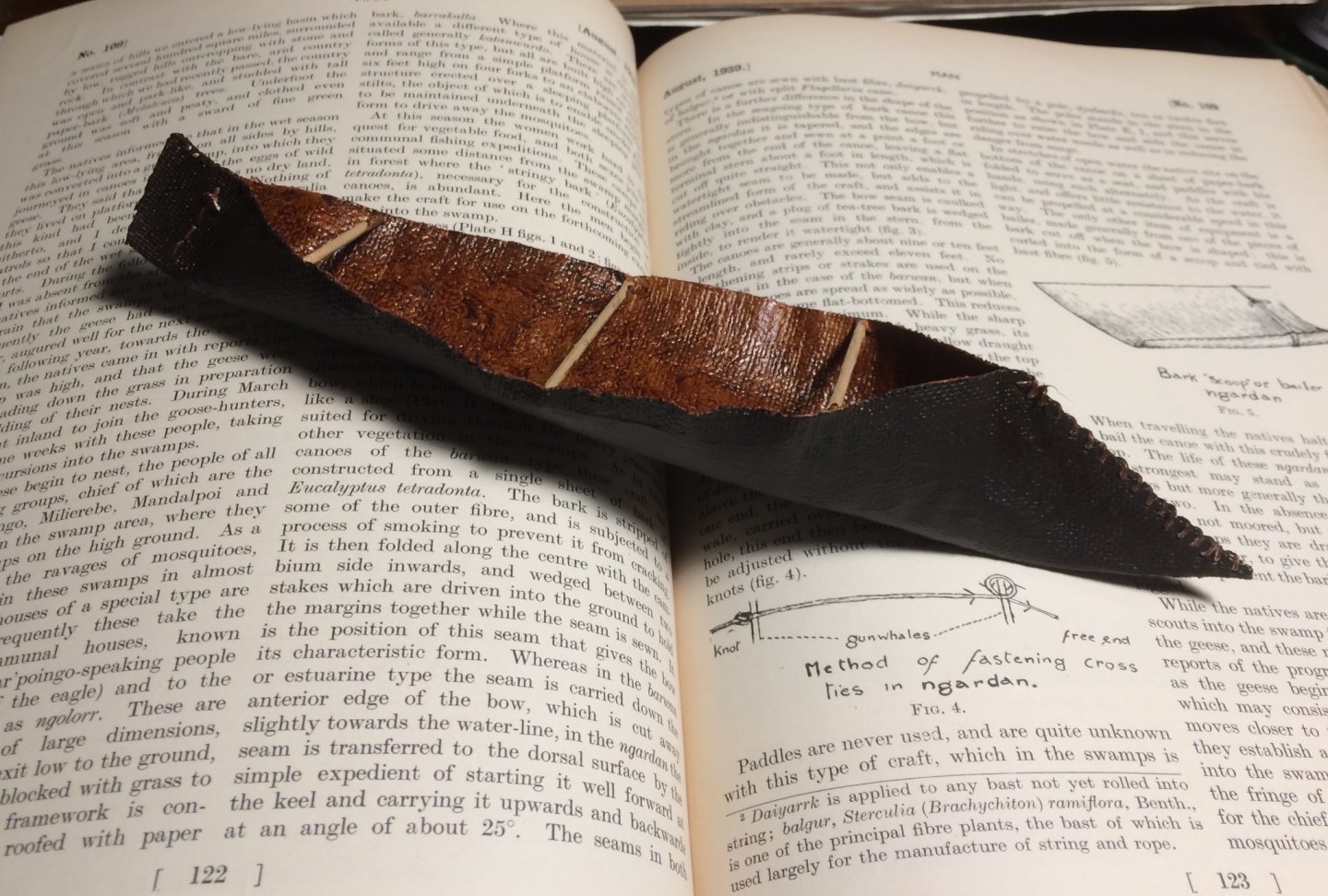-
Posts
447 -
Joined
-
Last visited
Content Type
Profiles
Forums
Gallery
Events
Everything posted by Harvey Golden
-
It's always nice to have a drawing the same size as the model one is building. With the rough hull I ended up with, it's especially handy, as I need to get the 'castles' and bulwarks built up correctly. Here is the heights lofting, made from tables of offsets. Van Gaasbeek includes complete elevations, but they are greatly reduced, and some of the numbers are rendered illegible. Still very helpful though, as it provides many details the offsets do not have. Elevations in Van Gaasbeek: (The dashed lines in the stern view are for the twin-screw version). Note the 13' station distances, and the commission of 4 identical center stations.
-
Planking the hull. A rough job, for sure, but after puttying, it'll sand out nicely. Before I turned the bilge with planks, I removed the strong- back. Last photos show the solid block ends in place, and rough-ground to shape. I work a little 'backwards,' in that the stem, deadwood and keel will be added after the planking.
-
Looks great. Original was built just up the road from me. Git 'er finished by Nov. 22, and you can have an anniversary launching!
- 25 replies
-
- Gambier Bay
- BlueJacket Shipcrafters
-
(and 1 more)
Tagged with:
-
Moulds are all set up, and are fair. I'll use solid pieces for the stem and fantail, so the planking will be from stn. 2 to 22. Station spacing is a little quaint at 13'(!) I'll drop in a few more moulds amidships in due course. Nothing fancy here-- just pine scraps milled to a touch above 1/16" thick by random widths around 1/8" or so. Here's a close-up of the forward moulds-- mirrored via. photo editing, and scaled on MS. Word. No scanner here, so just took the image with my phone camera. From here, I just print 'em off, cut 'em out, and glue 'em to plywood. They are ground to the lines on a bench sander.
-
Hello all! First build log here. This is a type that was built in several yards around my hometown Portland, Oregon (among other places around the U.S.). They were built in wood 'round these parts, and came in single- and twin-screw versions, each being 281'6" long. I'll be building a single-screw version. I've actually been aboard one of these, though I didn't know it at the time. There's one embedded at the lower end of an Island on the Columbia River, and I used to visit it fairly often via kayak. I always wondered what it used to be, and with the ruler tool on Google Earth, it's measurements (LxW) are pretty darned close to a Ferris ship's. . . not that I recommend measuring ships from outer space. Here's some pics of the derelict: Bow of the ship, at the downriver end of Caterpillar Island, due West of Vancouver, WA. Two survivors still aboard, at the bow. The rudder, cocked to port, and the rudder post, and screw aperture and stuffing box(?) And here she is, courtesy of Google Earth. My source for the build will primarily be Richard M. Van Gaasbeek's 1918 "A Practical Course in Wooden Boat and Ship Building." The book has complete lines (though rendered rather tiny) as well as offsets, profiles, and detailed deck plans. Many of the photographs are from Peninsula Shipbuilding Co., just 10 miles from the site of this wreck. Here's some sample pages from the book that show the Ferris type in better condition: Lastly, here is an exceptional image of a completed one (S.S. Calala) on the Willamette just below Forest Park. Image is Public Domain, courtesy Oregon Historical Society. The model will be strip-planked on bulkhead at 1/16"=1'. Here's where I am today:
-
Cheap and effective tools
Harvey Golden replied to Ron B's topic in Modeling tools and Workshop Equipment
-
Die Kogge Von Bremen by kentyler
Harvey Golden replied to kentyler's topic in - Subjects built Up to and including 1500 AD
Looking forward to this; have been aboard the replica in Bremen! H- -
Sealing plywood with epoxy doesn't add strength per-se, but does harden the surface of the wood (and a touch below the surface). This increases it's abrasive resistance and dent-proofs it. Do take steps to avoid amine blush-- I'm a victim of this, and it will add the nastiest gunkiest hours of scraping un-set paints or varnishes off your surfaces. Another tip-- for epoxy runs, get them before full-cure with a cabinet scraper, and you'll enjoy time not sanding. Great project, BTW! Best, Harvey
-
I've no knowledge at all about this particular subject, but I have recently been reading in the Hakluyt Society's publication of William ("of Gravesend, a Gunner" [c. 1535-1582]) Bourne's "A Regiment for the Sea" (1963/Kraus Reprint 1990). There is a bibliography of Bourne's other writings, and a couple are titles suggesting some content of ship and/or shore artillery. They are manuscripts from the late 1500s, perhaps not re-published. (The "Regiment" itself concerns navigation entirely, but the re-print has a fine introduction and biography of Bourne). Best, Harvey
-
Well said. We (as English speakers. . . and no doubt other tongues are guilty of this as well) tend to look for our own familiar and comfortable terms to describe things that are actually quite different or entirely misunderstood by ourselves. I think this is a natural way of processing the new and unknown, but it is liable to folly and overlooking nuance. Perhaps the ideal-- not always attainable-- is to learn the native/local term, to derive an accurate translation of the term, and to understand it's use and function. Beyond this, we are really just throwing words around, no?
-
Drafting
Harvey Golden replied to mangulator63's topic in CAD and 3D Modelling/Drafting Plans with Software
Interesting topic-- one that hits home. I took mechanical drafting and architectural drafting in high school (2 years of each; 1984-1988) right before they got CAD. I enjoyed it plenty, and found it challenging. ...Then went on to study art and English at college. In 1998, I found myself documenting small watercraft and the skills from high school all came back . . . or rather were 'necessary,' as it took awhile for the skills to actually return. CAD is a wondrous tool (never used it myself) with so many more aspects attached (calculations, rotations, etc.), but to strike a line by hand on a fairing batten is to truly see and feel the curves of a vessel. Not much I love more than inking the lines of a unique vessel whose form has not been recorded on paper in 3-view before. Right up there is my love for looking at others' hand-drawn lines. -
Hello from a scratch-built Harvey in Astoria!
-
Thank you Luponero! I'm quite interested in "reed" boats as they are/were fairly ubiquitous 'round the world at certain latitudes. It's my hunch schedule craft were likely the first vessels created by humans, as they don't necessarily require any tools at all. I'd heard of them from Sardinia, so it is nice to not only see a photograph, but to see they still exist there. Here in Oregon-- they still exist as well, occasionally still being made by the Northern Paiute out near the community of Burns. Once the pandemic passes, I'd like to make one with them. Thank you, and thank you all.
-
I'm in Portland and Astoria, usually just one at a time. Nice to see your cat likes ship models! Mine, not so much . . .
-
Ah! One of my many college towns! So many colleges. . . so little to show for it.
-
Thank you Steven! I have my next 275 projects in mind. . . (!) Here's a peek at my Australian canoes, with the source for form/construction:
-
Such coincidences do happen. . . I met a long-lost family member by incredible chance once. Always worth asking. We are all related if you go back far enough.
-
I grew up in Lane County (Junction City), but no relation to C. M. Golden.
-
Hello All, I've been building scratch models for some 10 years now-- everything from Aboriginal Australian canoes to C-3 freighters. Am enchanted with the diverse world of navigation, and I'm enjoying the variety (and skills in making!) in the galleries here. I'm an amateur builder; keeps the hands and mind busy! Best, Harvey
About us
Modelshipworld - Advancing Ship Modeling through Research
SSL Secured
Your security is important for us so this Website is SSL-Secured
NRG Mailing Address
Nautical Research Guild
237 South Lincoln Street
Westmont IL, 60559-1917
Model Ship World ® and the MSW logo are Registered Trademarks, and belong to the Nautical Research Guild (United States Patent and Trademark Office: No. 6,929,264 & No. 6,929,274, registered Dec. 20, 2022)
Helpful Links
About the NRG
If you enjoy building ship models that are historically accurate as well as beautiful, then The Nautical Research Guild (NRG) is just right for you.
The Guild is a non-profit educational organization whose mission is to “Advance Ship Modeling Through Research”. We provide support to our members in their efforts to raise the quality of their model ships.
The Nautical Research Guild has published our world-renowned quarterly magazine, The Nautical Research Journal, since 1955. The pages of the Journal are full of articles by accomplished ship modelers who show you how they create those exquisite details on their models, and by maritime historians who show you the correct details to build. The Journal is available in both print and digital editions. Go to the NRG web site (www.thenrg.org) to download a complimentary digital copy of the Journal. The NRG also publishes plan sets, books and compilations of back issues of the Journal and the former Ships in Scale and Model Ship Builder magazines.


